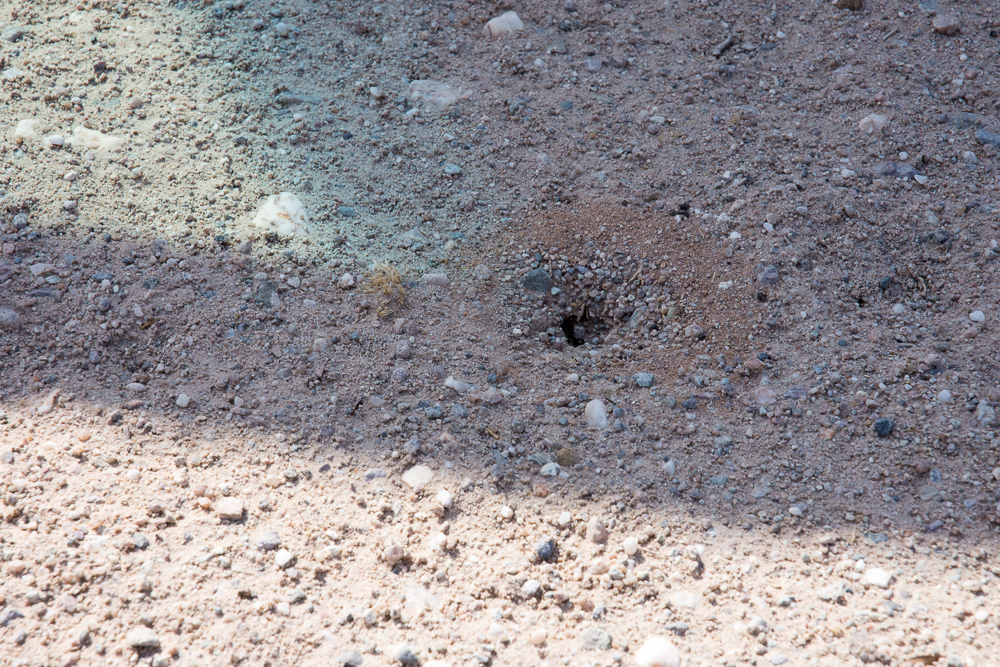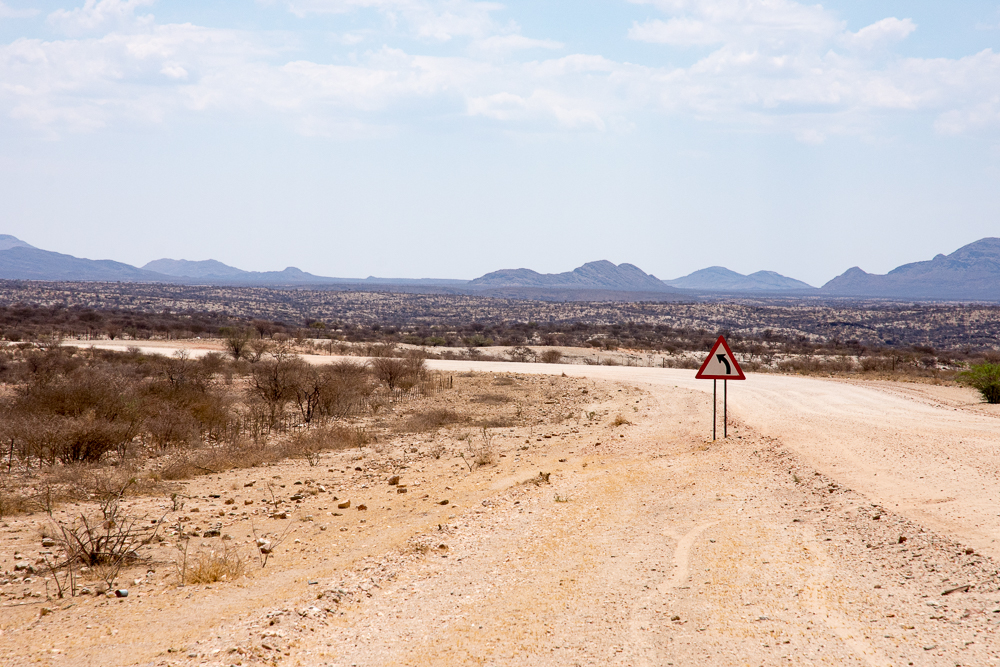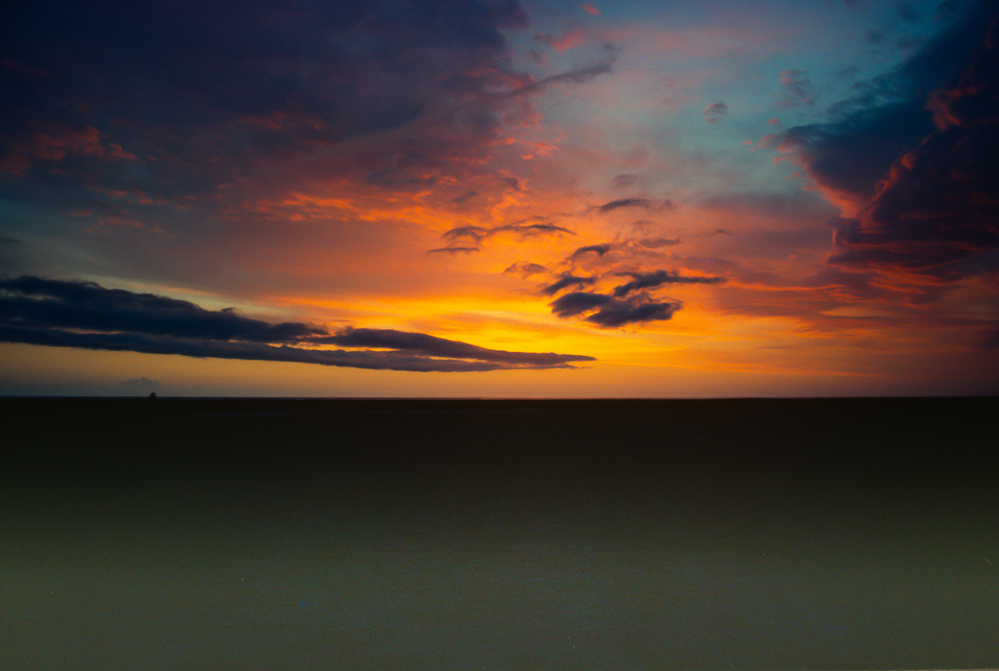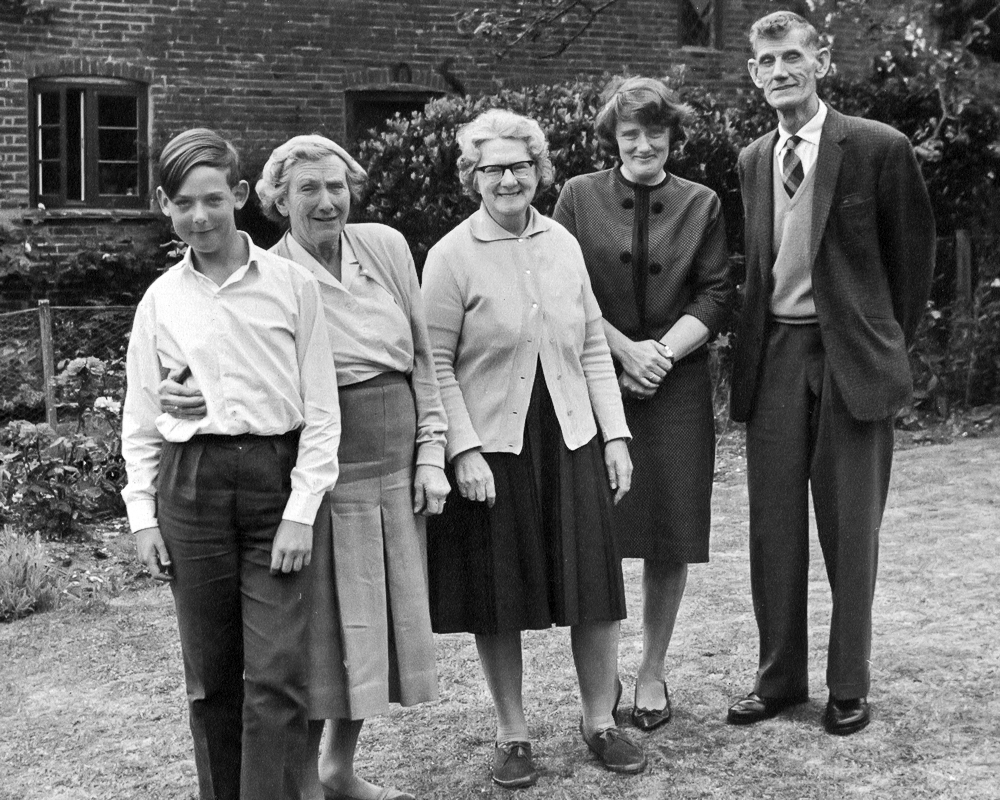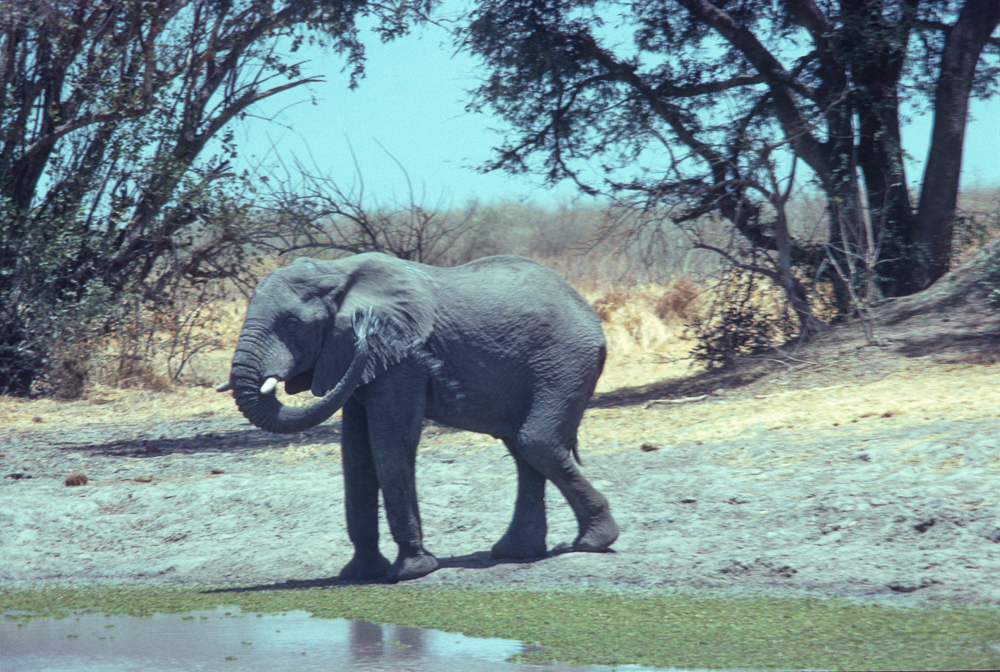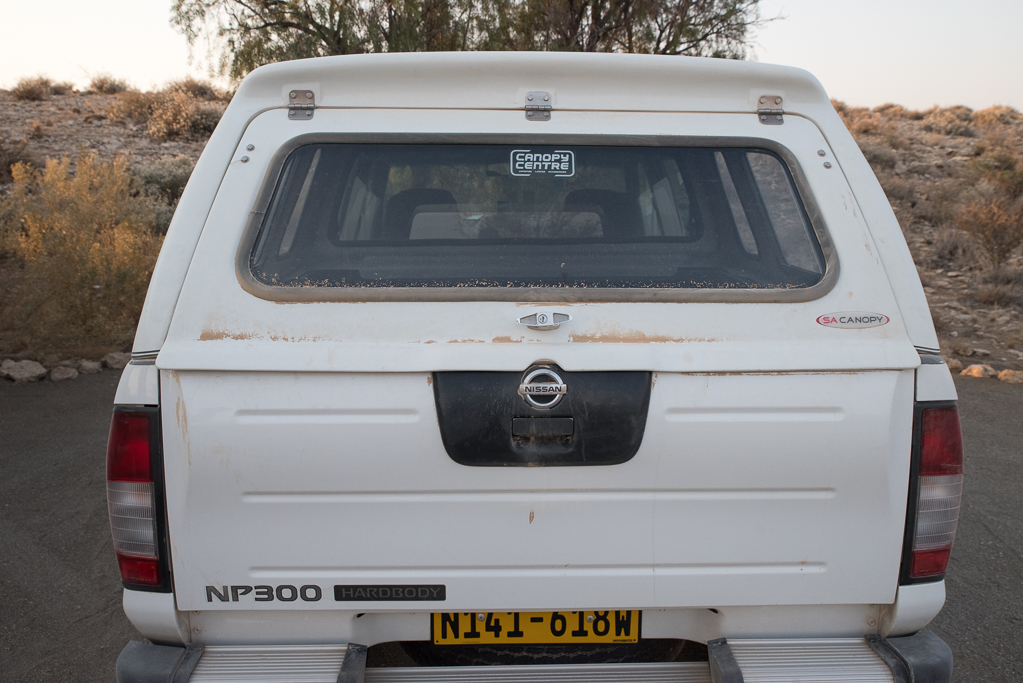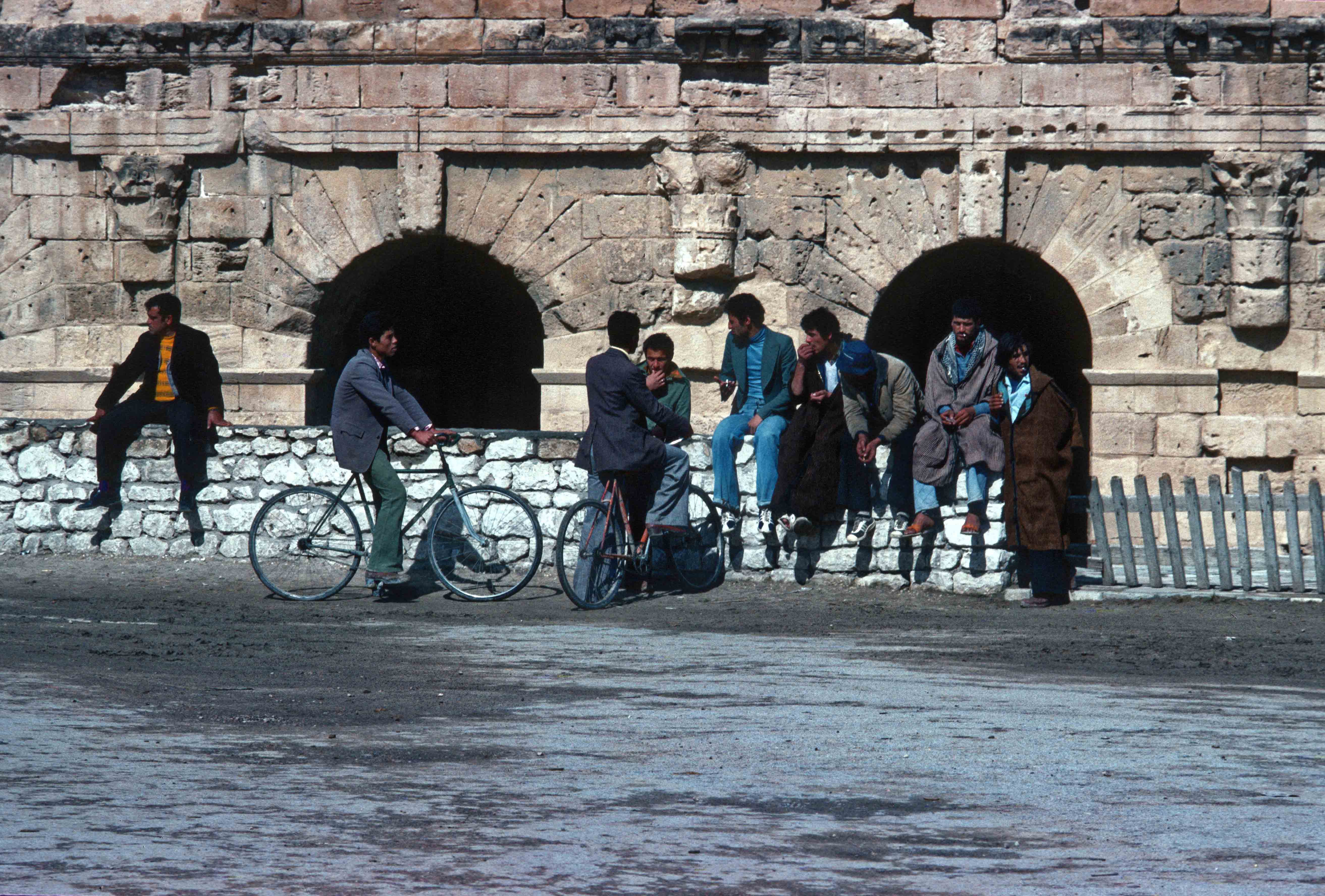Counter
The flag counter below is for my original travelogue, which is slowly being replaced by this one, but can still be found here.
Tag cloud
Top 10 most read Articles on site
News Flash
Change of host Sept 2023
Change of host Sept 2023
In the begining of August 2023 I transfered my ivanhurst.me.uk sites, including this one from 123-reg to IONOS. It was meant to be a simple task. However, that was to to be the case. The reason for the move was primarily the hugh increase in price that 123-reg was applying regarding email boxes. Previously, the upto 500 of the boxes were included in the various hosting packages I had. Now they were going to charge for each mailbox based on size, and as far as I could make out, this was going to cost me nearly £2,000. This was not acceptable, and I did not get satisfactory answers from support. So I turned of all the auto renews and stated to move sites and domains accross to IONOS.
Travel data problems
Travel data problems
This is where it starts to get a little technical.
The site is built on a content management system, CMS, using Joomla. Joomla is moving forward and version 3.10.?? is being discontinued. Future developments are for version 4.??
Similarly, PHP 7 is being replaced with PHP 8.
Part of the migration is relatively simple, I have already changed to a new template which works on the new platforms.
However, some of the helper applications, which work within Joomla are not yet ready.
Fabrik is one of those applications, if fact a significant 'Joomla Custom Website Application Builder'.
Refresh 2021
Site refresh Easter 2021
I decided to give the site a bit of a refresh over Easter 2021 and install a new template and some additional functions. One of the things I didn't like about the old site was the delay in text appearing which probably meant some people left before the content appeared. This has been corrected now.
